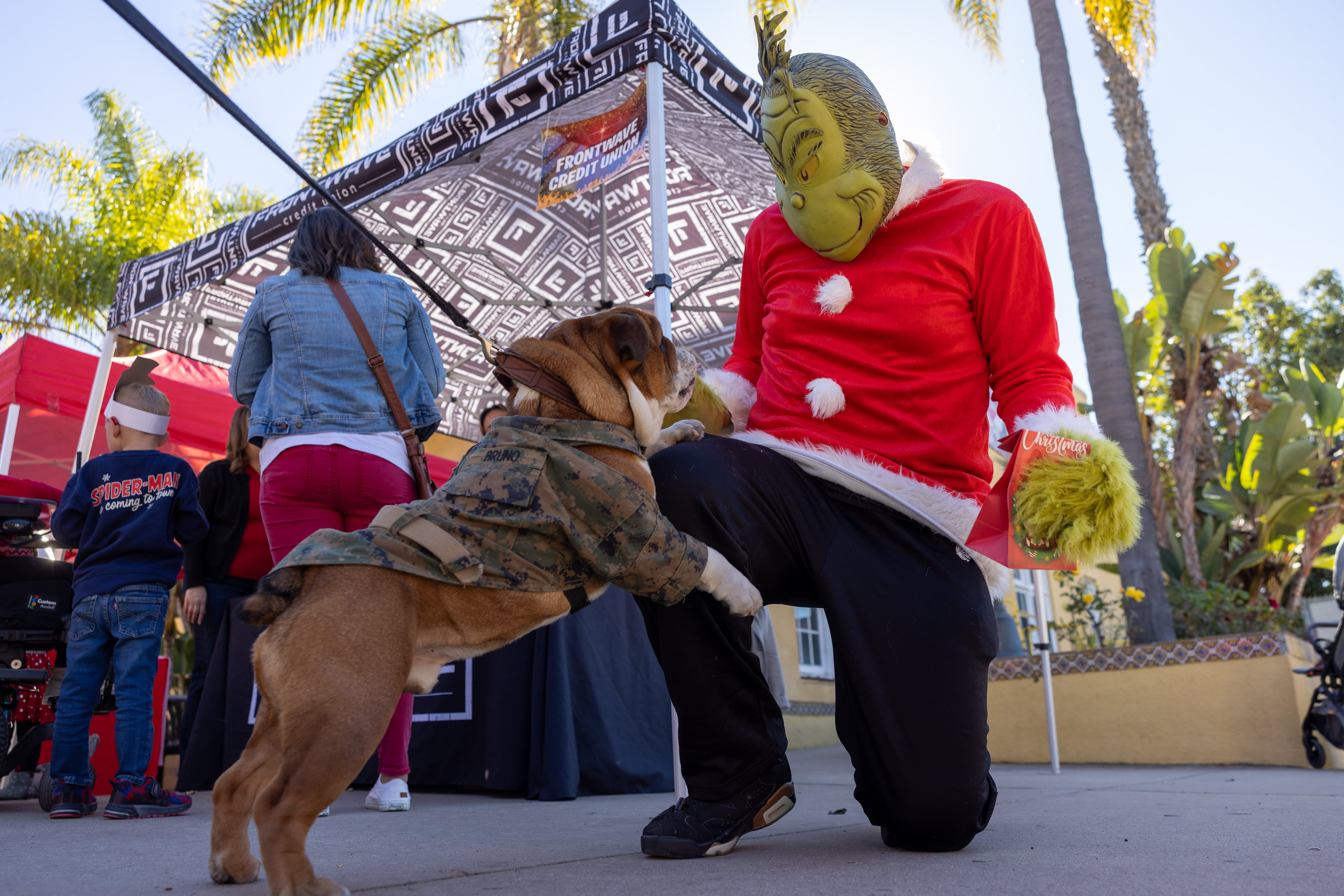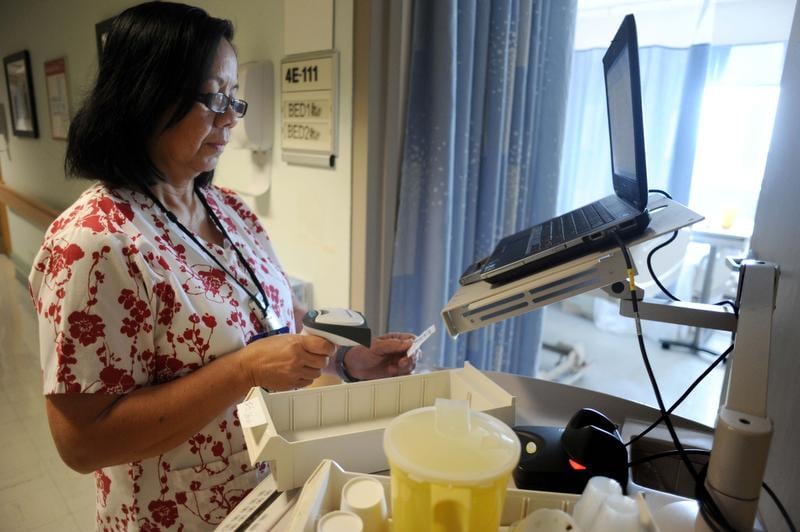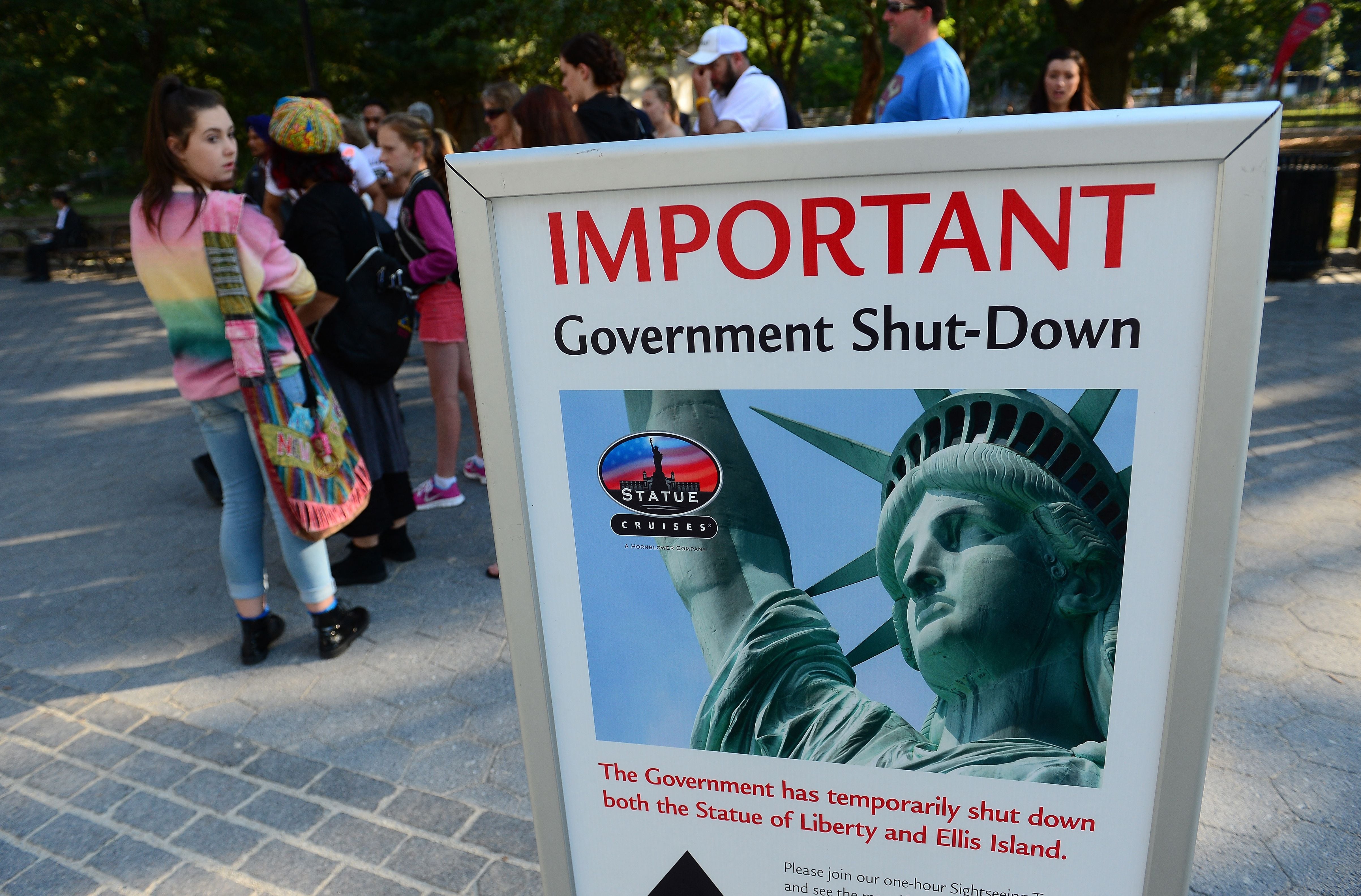Updated to include numbers from DoDEA of children attending school in person and remotely
Nearly one third of the 159 brick-and-mortar Department of Defense schools will be opening with remote learning over the next couple of weeks, because of the health protection condition at their installation, officials said.
As of Aug. 12, conditions mandated that 19 out of 45 schools in the Pacific region will open remotely; two of 64 schools in the Europe region will open remotely; and 25 of 50 schools in the U.S. will open remotely. See the complete list here.
DoDEA schools list
As children enrolled in Department of Defense schools worldwide prepare to return to school, the key words are safety and flexibility when it comes to dealing with possible COVID-19 outbreaks, said Thomas Brady, director of the Department of Defense Education Activity, in a Thursday press briefing. Currently about 61,557 children in grades kindergarten through 12th grade are enrolled; more are expected over the coming weeks.
The vast majority of school-age children of active-duty members attend schools outside the installation, and many of those schools are still wrestling with how to reopen safely.
In DoDEA, there will be a mix of three learning settings: in-school learning, remote learning through the local teacher, and DoDEA’s Virtual School.
Based on current enrollment numbers, 35,989 students will be attending school in person; and 15,540 students will start out in the remote environment with their local DoDEA teacher, depending on the Health Protection Condition of the local installation. An additional 2,000 pre-kindergarten students are enrolled in the brick-and-mortar schools.
Parents of 10,028 students —16 percent of the population — in kindergarten through 12th grade have chosen to enroll their children in the DoDEA Virtual School, Brady said. That’s an increase of about 1,000 students over the last three weeks. Their parents were given a choice of whether to enroll them in the virtual school, with a commitment of one semester. Of those, 4,330 virtual students are in seven states in the U.S.; 3,184 in Europe; and 2,158 in the Pacific.
About 10 percent of DoDEA’s teachers have asked to teach in the Virtual School, and have been undergoing training, Brady said. There are about 8,700 educators in DoDEA.
But the in-person learning will be far different from the start of school last year, with face coverings, social distancing, and other precautionary measures required.
Local conditions could change quickly, and the schools will transition to remote learning. Officials learned from the situation in the spring, when all DoDEA schools transitioned to remote learning after the buildings had to shut down, Brady said, and they’ve been planning for the fall reopening for more than six months. While the remote learning got off to a “shaky start” in the spring, he said, they got to the point where 98 percent of students were on their computer learning daily.
There are plans in place to address cases of COVID that crop up in students and teachers, including shutting down schools for several days to conduct extra sanitizing. DoDEA launched its Return to School website in July. If a school has to keep shutting down and reopening because of cases, there’s also a plan, but officials aren’t ready to announce what that is, Brady said. Officials are trying to strike a balance between making sure the schools are safe and that children are getting a good education, as well as the military parents’ readiness.
“The best education is face to face in the classroom,” Brady said. “Our priority is to open schools, in a safe environment.”
The virtual school is different from remote learning. DoDEA has had a fully accredited virtual high school for 10 years, for grades 9 to 12. DoDEA high school students all over the world have taken classes with teachers who themselves are in a variety of locations. The school system is expanding the virtual school to include elementary grades K to 5, and middle school grades 6 to 8. Virtual school courses are designed for students to take them online from start to finish.
Remote learning, which is what most students were doing this spring, happens if local COVID-19 infections escalate and the installation goes to HPCON C. The remote learning involves students staying at home and continuing their learning with their local classroom teacher. It’s a short-term solution to keeping teachers and students together pending return to the brick-and-mortar classroom, Brady said.
Decisions about reopening schools were made with the input of local commanders and health officials, Brady said. He gave an anecdotal example of a “very senior commander in Europe” who told his community: “This isn’t a DoDEA opening of school plan. This is our opening of school plan. It’s the community’s opening of school plan and I’m very comfortable with it and how we’re executing it.”
Some teachers have voiced their concerns about the ability of the schools to reopen safely, and the Federal Education Association teachers’ union has pushed for all the DoDEA schools to open remotely.
Brady said about 500 teachers have submitted requests for reasonable accommodations, under Office of Personnel Management procedures, based on concerns about their own vulnerability to COVID. The accommodations may include teaching in the virtual school.
Other questions addressed:
Athletics: Whether or not sports are played in the fall depends on DoDEA guidance, and the health condition in the area. If schools are in HPCON C, there will be no sports whatsoever, he said.
Cleaning of classrooms: Officials have modified custodial contracts to account for cleaning standards outlined by the Centers for Disease Control and Prevention, Brady said. Teachers will also be provided the proper cleaning materials for certain areas, but they’re not expected to be custodial workers, and schools are doing the planning to make sure that’s not the case, he said. For example, in classrooms for younger children, Legos and blocks will be individually bagged for each child so that the items aren’t passed back and forth “and it doesn’t require the teacher to take valuable time to [clean]” that, he said.
Testing: There are no plans to test children for COVID as a preventive measure at this time, Brady said. DoDEA officials have worked with local commanders and medical experts and determined it’s not viable — or necessary, according to the CDC. Parents are to check their child’s temperature before they come to school, and seek medical attention for symptoms of possible COVID.
Free or reduced lunches: DoDEA will continue to provide grab-and-go lunches to students in remote learning situations at no cost to parents. The program, operated by the military exchanges, provided more than 1 million grab and go lunches during the spring.
What happens when there’s a COVID case? DoDEA guidance spells out the procedures to take when a student or teacher tests positive. The school will close for two to five days to ensure complete sanitization, Brady said. If the situation extends to the sixth day, the school will go to a remote learning setting.
Special needs children: Officials have put out guides with procedures for training teachers who are conducting remote learning to meet the requirements under law of a child’s Individualized Education Plan. “We’re providing the right resources, the right professional development, and working with each student individually,” he said. Schools can also call in additional experts to work with the child.
Karen has covered military families, quality of life and consumer issues for Military Times for more than 30 years, and is co-author of a chapter on media coverage of military families in the book "A Battle Plan for Supporting Military Families." She previously worked for newspapers in Guam, Norfolk, Jacksonville, Fla., and Athens, Ga.





